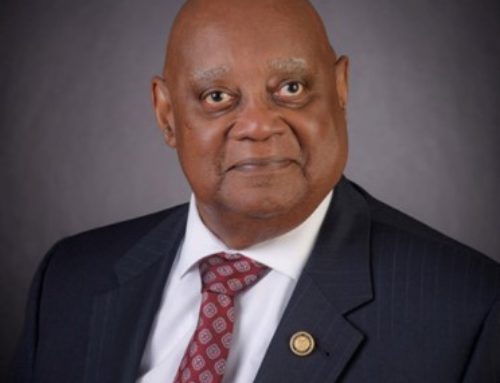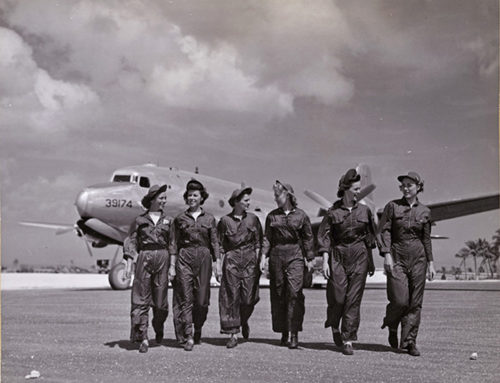USS GRAYLING (SS-209) stood out from Fremantle, Australia, on her eighth war patrol on 30 July 1943. The boat was fresh off a 24-day refit and had a brand-new C.O., Lieutenant Commander Robert M. Brinker. (His predecessor, Lieutenant Commander John Elwood Lee, had been recalled to the U.S. to take charge of new construction, USS CROAKER (SS-246).) GRAYLING made a quick stop at the Philippine island of Panay to drop off supplies with local guerrillas, then, on 19 August, reported damaging a freighter off the eastern coast of Borneo. The following day she took out a small tanker; her radioed report was the last transmission received from the boat.
The Panay guerrillas reported that GRAYLING delivered more supplies on the 23rd. On the 27th several Japanese ships witnessed the torpedoing of her last kill, the passenger/cargo ship Meizan Maru, in the nearby Tablas Strait. A surfaced sub, almost certainly GRAYLING, was observed in the same area the next day. A second sighting occurred on 9 September. She was supposed to report to her chain of command via radio on the twelfth, but the transmission never came and all attempts to raise the sub failed. She was declared overdue and presumed lost on 30 September.
The circumstances surrounding GRAYLING’s demise remain a mystery. Japanese records examined after the war include the sighting of an American sub in Lingayen Gulf on 9 September, but that was a good deal north of the boat’s assigned area, the entrance to Manila Bay, where she was to remain from the 2nd through the 10th; there is no reason to believe that LCDR Brinker disobeyed his orders. All we know for certain is that GRAYLING was lost sometime after her crew sank Meizan Maru.
The boat, which took 76 crewmembers to the bottom with her, received six battle stars for her service.





